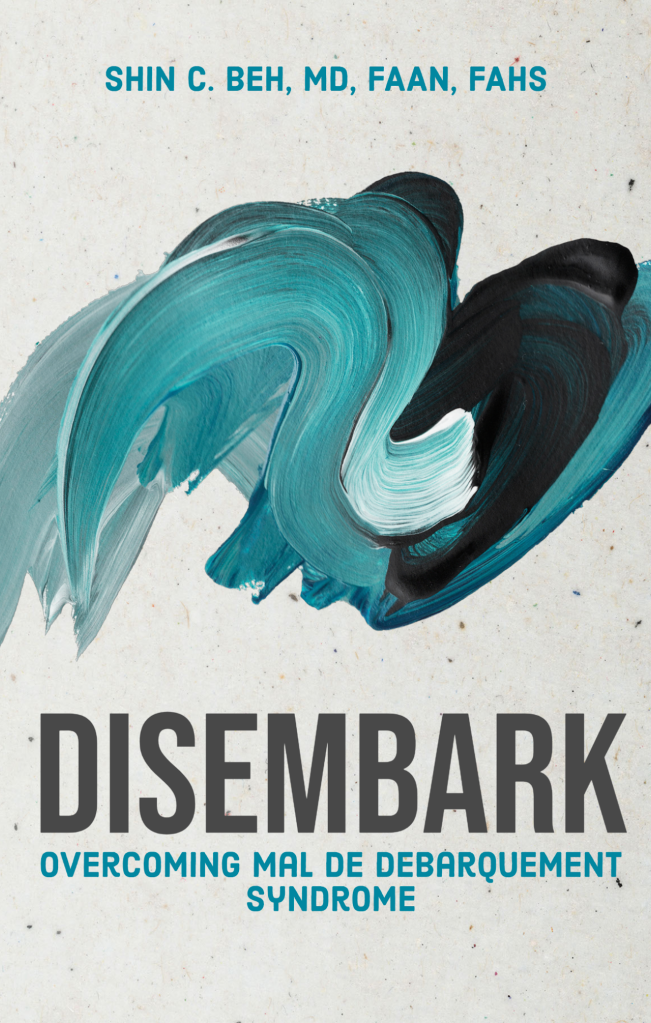In November, 2019, I posted about a malady that I have dealt with for twenty years called Mal de Debarquement Syndrome or MDDS. When I first recognized the symptoms, there wasn’t much information widely available about MDDS. There was plenty of published research about travel sickness, post-travel imbalance, jet lag, dizziness, vertigo, and migraines, but it failed to address the specific facets of this strange phenomenon. It wasn’t until 2015 that I even discovered there was a name for it.
In 2021, I experienced my first spontaneous episode of MDDS, meaning that it was not precipitated by air or sea travel. Instead of lasting a couple of weeks like all my other previous bouts, this time it went on for four months. My primary care physician suggested a diuretic, but I wasn’t convinced that an excess of salt and water in my body was the real problem. I scheduled a videonystagmography (VNG) test but wasn’t able to get in until after my symptoms began to subside. The test was negative. Another spontaneous episode occurred in mid-April of 2023 and lasted off and on through mid-July. My next step is to get a referral to a neurologist, and now I have a book to prepare me for my appointment with such a physician.
One of the leading specialists in studying and treating MDDS is Shin C. Beh, M.D., who practices out of his own facility, the Beh Center, in Frisco, Texas. Dr. Beh wrote a book that came out in early 2023 titled Disembark: Overcoming Mal de Debarquement Syndrome. I was lucky enough to discover it because someone posted an announcement of it on a social media MDDS support group page. This is a self published book, probably even a print-on-demand title, but future editions should be picked up by a major press because it really is well written and so informative.

Dr. Beh covers just about every aspect of MDDS that I can imagine, given how the research into this syndrome is young and evolving rapidly. He covers the symptoms and diagnosis of MDDS, along with several hypotheses of the underlying causes. I’m sure in the coming years the author will revise this information, and other authors likely will cover new ground as the research expands. The bulk of this book covers the various approaches to treatment that he and other practitioners have developed to help sufferers of MDDS deal with their symptoms. He makes it clear there is no cure, but he offers treatments ranging from natural remedies to an array of chemicals, most of which are formulated to treat other vestibular disorders, depression, anxiety, seizures, and migraines.
Vestibular migraines are actually Dr. Beh’s speciality, so he arrives at the study of MDDS through that gateway. His first book was about vestibular migraines. There are some obvious similarities between the two maladies, so the treatments overlap too. In addition to medications, he also suggests lifestyle pathways to diminish symptoms, including what to avoid and how to actively fight the symptoms through diet, exercise, sleep patterns, prayer/meditation, work habits, and environment control.
I made copious notes in the margins of my copy and intend to keep it as the first, I hope, in a collection of reference guides to MDDS. I also sent an email in gratitude for the book and the supporting research to the Beh Center. I received an answer thanking me for my message within a few hours, which was impressive. Again, there is no cure for MDDS, but this book goes a long way toward helping sufferers deal with this debilitating syndrome and giving hope to those who must live with it.

